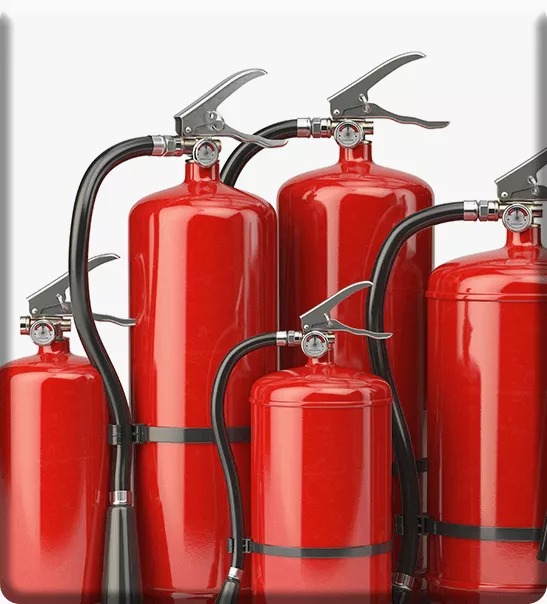
Fire Extinguisher Placement: Where To Keep Them In Your Building
Fire extinguishers are becoming popular worldwide as they can save your property from any fire. However, to ensure that fire extinguishers are readily available in an emergency, it’s important to know where to place them in your building. This article will discuss the most important factors to consider when determining the proper placement of fire extinguishers in your building. See over here for choosing the right fire suppression equipment suppliers.
Accessibility:
The most important factor to consider when determining the placement of fire extinguishers is accessibility. Fire extinguishers should be located in an area that is visible and easily accessible, and the path to them should be clear of any obstacles. This means that fire extinguishers should not be placed behind closed doors or in areas that are difficult to reach. They should be placed near exits and in hallways, stairwells, and other common areas.
Visibility:
Visibility is another important factor to consider when determining the placement of fire extinguishers. Fire extinguishers should be placed where they can be easily seen and identified. This means they should be placed in a well-lit location and free of obstructions. They should also be clearly labeled and have a sign indicating the extinguisher’s location.
Proximity to potential hazards:
When determining the placement of fire extinguishers, it’s important to consider the potential hazards in the area. Fire extinguishers should be placed near potential sources of fire, such as kitchens, laboratories, and near flammable materials or chemicals. Additionally, fire extinguishers should be placed in areas with high traffic, such as hallways, stairwells, and other common areas, to ensure they are easily accessible in an emergency.
Type of extinguisher:
Different types of fire extinguishers are designed to put out specific types of fires. It’s important to ensure that you have the correct type of extinguisher for the fire you may encounter in your building. For example, a Class A extinguisher is for fires involving ordinary combustibles such as wood, paper, and cloth, while a Class B extinguisher is for fires involving flammable liquids and gases.
Installation and maintenance:
Fire extinguishers should be installed and maintained according to the manufacturer’s instructions. This means that they should be mounted at the correct height and angle and inspected and serviced at least once a year by a professional. Additionally, it is important to ensure that all employees are trained on the proper use and maintenance of fire extinguishers.